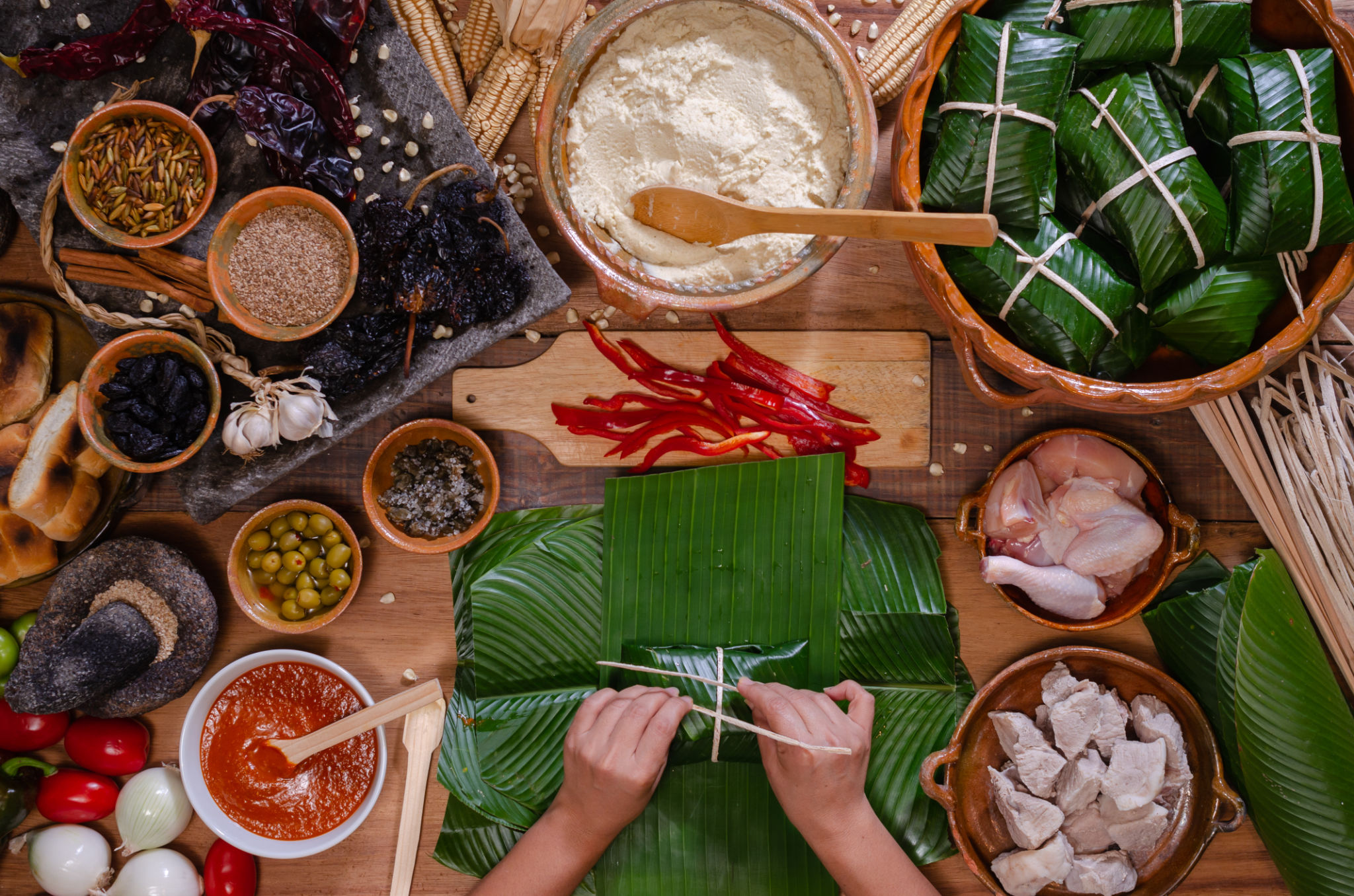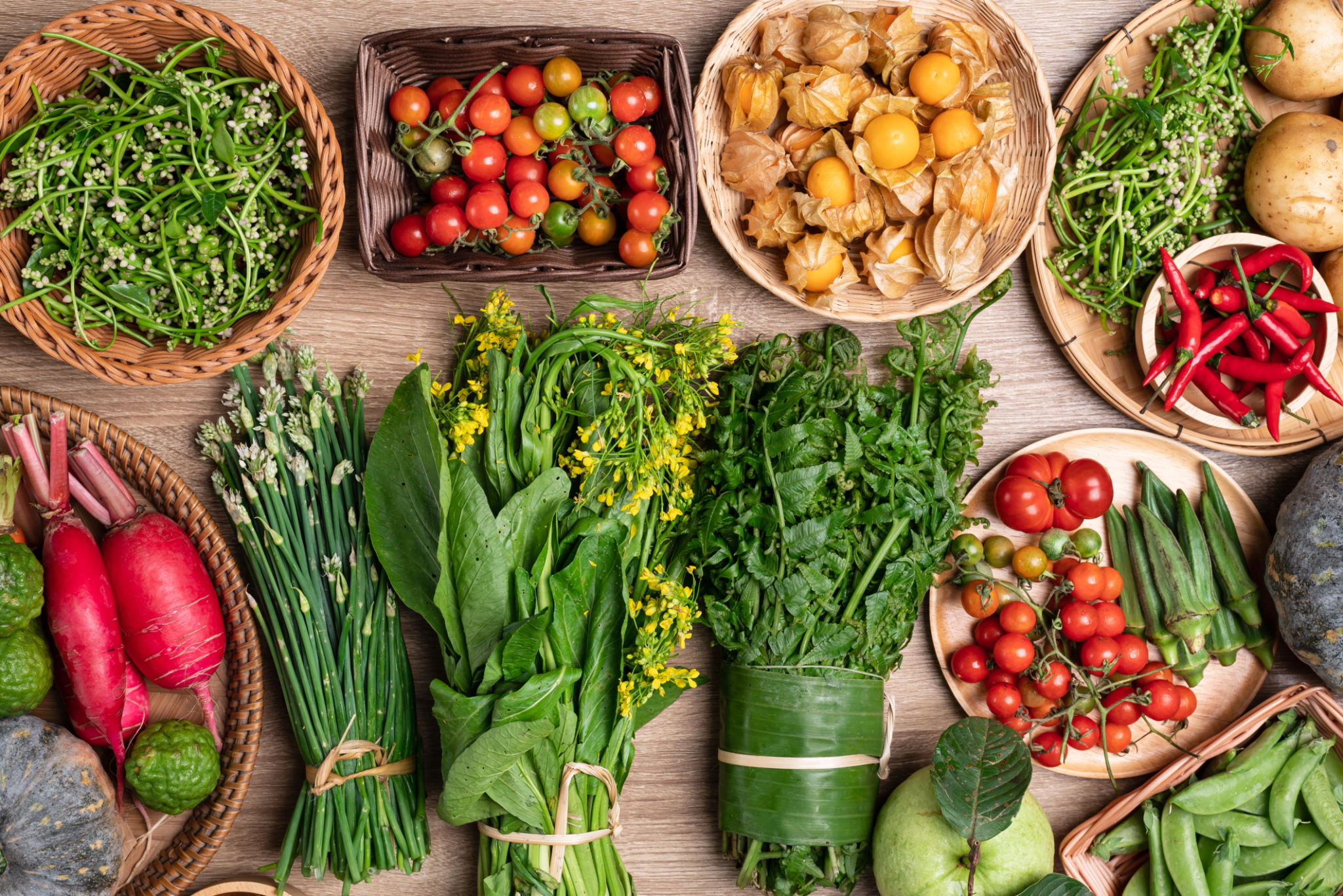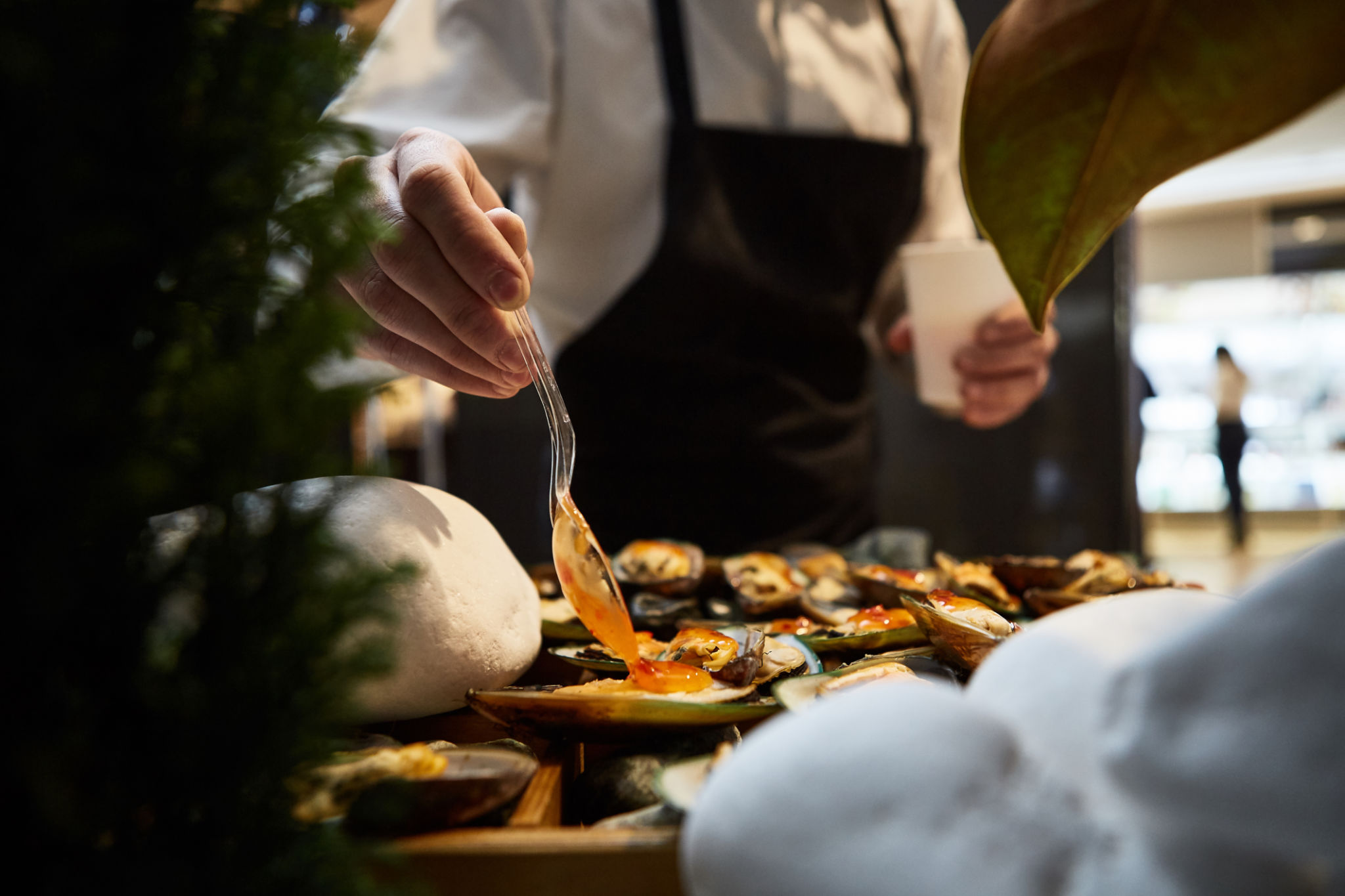Exploring Indigenous Cuisine: A Culinary Journey
Introduction to Indigenous Cuisine
Indigenous cuisine offers a fascinating insight into the cultures and traditions of native peoples around the world. These culinary traditions have been passed down through generations and are characterized by a deep connection to the land and its resources. Exploring indigenous cuisine is not only a gastronomic adventure but also a journey into the history and heritage of diverse communities.
From the Americas to Africa, Asia to Australia, indigenous cuisines utilize local ingredients that have been harvested sustainably for centuries. These dishes reflect the biodiversity of their regions and offer flavors that are often unfamiliar yet intriguing to many.

The Richness of Ingredients
One of the most striking aspects of indigenous cuisine is its use of unique and locally sourced ingredients. Traditional diets often include a variety of plants, herbs, and spices that are not commonly found in mainstream cuisine. For example, the use of quinoa, amaranth, and maize in South American dishes highlights the nutritional richness these grains offer.
Similarly, in North America, indigenous peoples have long relied on ingredients like wild rice, bison, and maple syrup. These foods are not only delicious but also provide a deep connection to the land and its bounty. The use of wild herbs and berries further enriches the flavors and nutritional value of these traditional dishes.

Culinary Techniques and Traditions
Indigenous cooking techniques are as diverse as the cultures themselves. Many traditional methods involve slow cooking over open flames, smoking, or fermenting foods to enhance their flavors and preserve them for longer periods. These techniques not only bring out the natural flavors but also create dishes that are rich in history and tradition.
For instance, in the Pacific Islands, the use of earth ovens is a common practice. This technique involves cooking food in a pit lined with hot stones, which imparts a unique smoky flavor. In Africa, traditional stews and soups are often cooked slowly with seasonal vegetables and spices, creating hearty meals that are rich in nutrients.

A Culinary Journey Around the World
Embarking on a culinary journey through indigenous cuisines allows us to appreciate the diversity and creativity of traditional cooking. In Australia, bush tucker includes native fruits, nuts, and meats like kangaroo and emu, offering a unique taste of the land down under.
In Asia, indigenous communities incorporate local herbs and spices to create dishes that are both flavorful and medicinal. The use of turmeric, ginger, and lemongrass not only adds zest but also promotes health and well-being.
- The Americas: Quinoa, maize, wild rice
- Australia: Bush tucker, kangaroo
- Africa: Traditional stews with seasonal vegetables
- Asia: Herbal spices like turmeric and ginger
Preserving Culinary Heritage
As globalization continues to impact food culture worldwide, preserving indigenous culinary traditions becomes increasingly important. Many communities are now actively working to keep their culinary heritage alive by educating younger generations about traditional recipes and cooking methods.
Through food festivals, cooking classes, and cultural exchange programs, indigenous peoples are sharing their culinary knowledge with the world. This not only helps preserve their cultural identity but also enriches global cuisine with new flavors and perspectives.

Conclusion: Embracing Indigenous Flavors
Exploring indigenous cuisine is an enriching experience that offers a deeper understanding of the world's cultural diversity. By embracing these flavors and traditions, we can celebrate the richness of our planet's culinary heritage while supporting the communities that have preserved these practices for centuries.
Whether you're trying a new recipe at home or dining at a restaurant that specializes in indigenous dishes, take a moment to appreciate the history and culture behind each bite. It's a delicious way to connect with the world around us.
